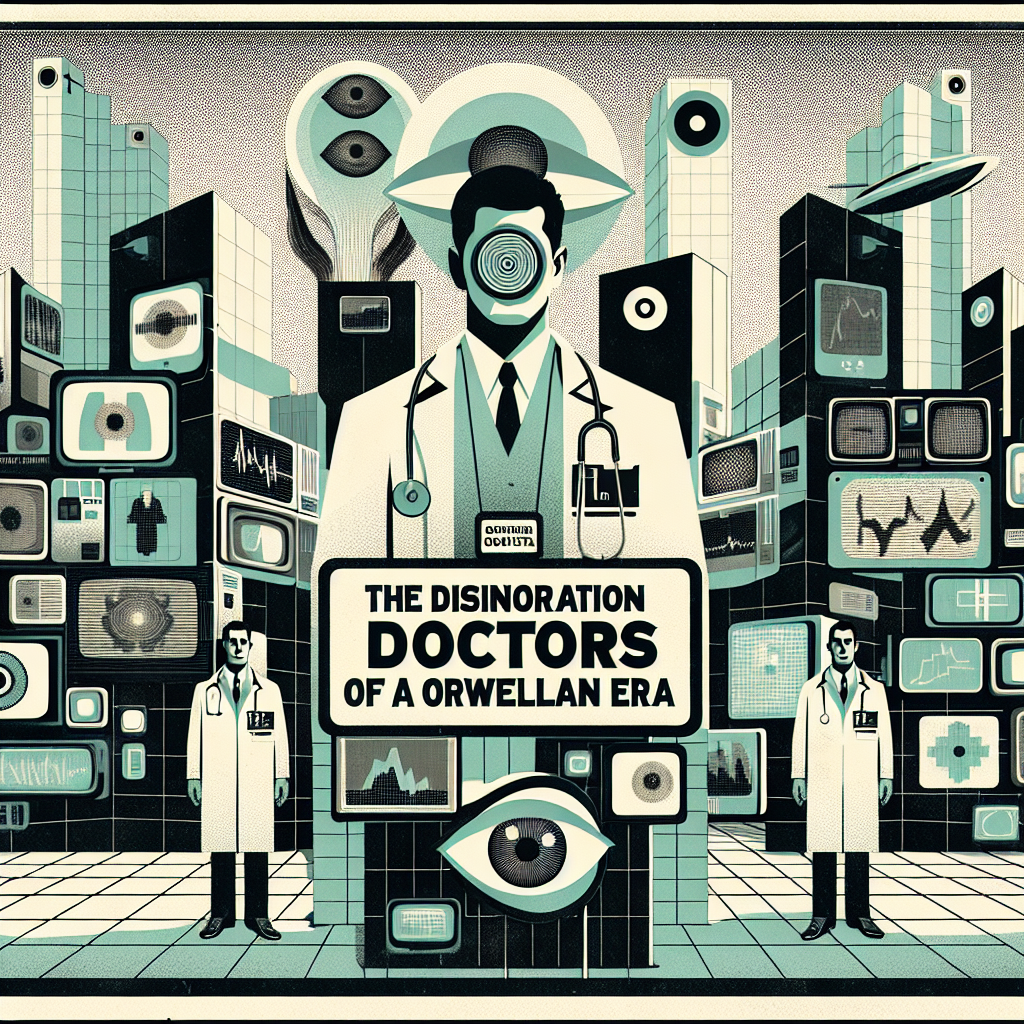Disinformation and misinformation have become prevalent terms in contemporary discourse, often used to suppress dissenting opinions and critical voices, thereby creating an Orwellian atmosphere where questioning authority is treated like a Thought Crime. This phenomenon extends beyond mere mislabeling; it indicates a larger societal issue where valid criticism is swiftly labeled as whining or unfounded negativity. Many people, conditioned by years of media manipulation and indoctrination, readily defend corrupt institutions and leaders against reasonable scrutiny. This defensive stance is exemplified in the aftermath of disasters, such as the relief response to Hurricane Helene in North Carolina, where citizens pushed back against critics by asking if they could provide better assistance than government agencies like FEMA. The underlying belief appears to be that any criticism must originate from malice rather than a desire for improvement, leaving little room for constructive dialogue.
This expectation for the state-controlled media to protect powerful entities rather than hold them accountable is a recurring theme throughout history. The media’s role is often to serve as an apologetic body that overlooks incompetence and corruption, labeling legitimate concerns as baseless conspiracy theories. Eyewitness accounts and critical footage—such as that showing government officials impeding relief during natural disasters—are dismissed in favor of narratives crafted by so-called experts. Such efforts to undermine truth-telling result in a disinformation campaign where confronting the failings of authority is not just discouraged but punished through labeling, often resulting in the erasure of narratives that contradict official stories.
Historical examples reveal that this strategy of disinformation is not new; one of the prominent figures vilified through such means was Senator Joe McCarthy, who faced significant backlash for investigating supposed Soviet infiltration in the U.S. government. The media successfully branded his investigations as a “witch hunt,” stifling significant truths about national security vulnerabilities. As described in James Bovard’s book, “American Memory Hole,” the historical depiction of McCarthy serves as a case study for misguided public perception, propagated by the very establishment that should be scrutinized. The anti-McCarthy narrative ignores the broader context of his actions, showcasing how rewriting history serves those in power while minimizing the importance of dissenting opinions.
The author’s exploration into disinformation extends to his investigations into pivotal events like the JFK assassination. The pervasive untruths disseminated by government sources and mainstream media eroded public trust, demonstrating a systemic pattern of misinformation that not only obscures the truth but also distorts collective memory. By examining the inconsistencies and misleading narratives stemming from early coverage of JFK’s assassination, the author highlights how pivotal moments in history can be edited, reinterpreted, and controlled to serve political ends. This manipulation of truth is a cornerstone of disinformation, where even the most seemingly benign details are subject to misrepresentation, leading to a more profound culture of skepticism.
Personal anecdotes about grappling with these disinformation narratives reveal the social risks involved in challenging mainstream beliefs. The author reflects on past attempts to discuss critical subjects, such as the implications of government actions or historical events like 9/11, only to encounter resistance and hostility. This experience highlights a broader societal issue where individuals who possess different viewpoints find themselves marginalized or ridiculed. Over time, the notion of sharing unpopular truths becomes burdensome, leading one to abandon certain discussions altogether, creating an environment where ignorance prevails due to social pressures to conform. Thus, truths about significant events remain buried under layers of societal denial and the powerful grip of state-controlled narratives.
The author draws parallels between historical and contemporary cases of governmental and media disinformation, pointing out that instances such as the Waco siege and the Oklahoma City bombing have either been thoroughly misrepresented or misconstrued. This reinforces the idea that state forces often act to protect their image rather than the welfare of those they claim to serve. Furthermore, the author argues that credible evidence, like conflicting government reports and eyewitness accounts, is routinely dismissed as “conspiracy theory” without genuine scrutiny. This lack of accountability leads to a populace that is ever more disconnected from the truth. The phenomenon demonstrates how entrenched behaviors in labeling dissent disrupt the foundation of informed public discourse.
In summation, understanding the dynamics of disinformation is crucial to fostering a society where discourse can thrive without the fear of censorship or ridicule. The prevalence of disinformation represents a significant barrier towards effective civic engagement, urging people to critically assess not just governmental narratives but also their own biases. As history illustrates, the threats to truth and accountability remain significant, enlightening contemporary discussions on how societies can retain integrity amidst the barrage of misinformation. The fight against disinformation, stemming from a desire for humane governance and accountability, calls for vigilance in maintaining a landscape conducive to dialogue, reflection, and ultimately, progress. Perhaps most importantly, as citizens, it is essential to reclaim the narrative that questioning authority isn’t conspiracy—it’s a potent tool for achieving a more equitable society.

